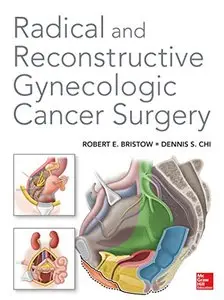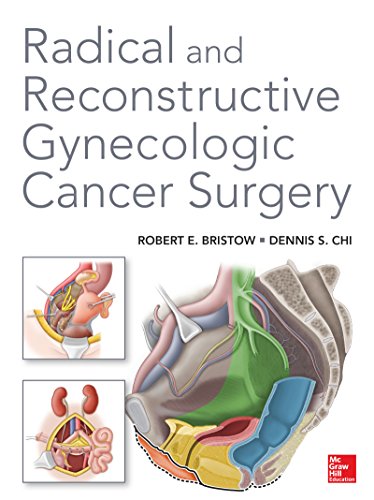Radical and Reconstructive Gynecologic Cancer Surgery by Robert Bristow
English | November 11, 2014 | ISBN: 0071808094 | ASIN: B00P1JSO6W | 320 Pages | EPUB/MOBI/AZW3/PDF (Converted) | 70 MB
English | November 11, 2014 | ISBN: 0071808094 | ASIN: B00P1JSO6W | 320 Pages | EPUB/MOBI/AZW3/PDF (Converted) | 70 MB
Learn how to perform the full range of radical pelvic procedures with this comprehensive text and atlas. Radical and Reconstructive Gynecologic Cancer Surgery is the first text to encompass the full range of extirpative and reconstructive surgical procedures required to treat locally advanced and recurrent pelvic cancers. It is a unique blend of clinical best practices and a detailed surgical atlas with numerous high-quality photographs and illustrations. The book reflects the integrated multidisciplinary team approach necessary for the effective management of these cancers.
The surgical chapters follow a consistent presentation that includes background, indications and clinical applications, anatomical considerations, preoperative preparation, surgical procedure, postoperative care, and long-term outcomes.
Radical and Reconstructive Gynecologic Cancer Surgery is divided into three main parts:
PART 1 covers the historical evolution of radical pelvic surgical procedures and provides an anatomical review of pertinent pelvic and abdominal visceral, vascular, and bony structures as a foundation for the detailed descriptions and illustrations of the surgical procedures that follow.
PART 2 consists of the extirpative procedures organized by system, physiology, and anatomic region in a text and atlas format. The detailed illustrations are complemented by operative photographs that emphasize the practical or "how-to" aspects of each procedure.
PART 3 includes comprehensive coverage of the full range of reconstructive procedures and surgical options available to optimize patient outcomes, as well as a chapter on rehabilitation, quality of life issues, and symptom management.



